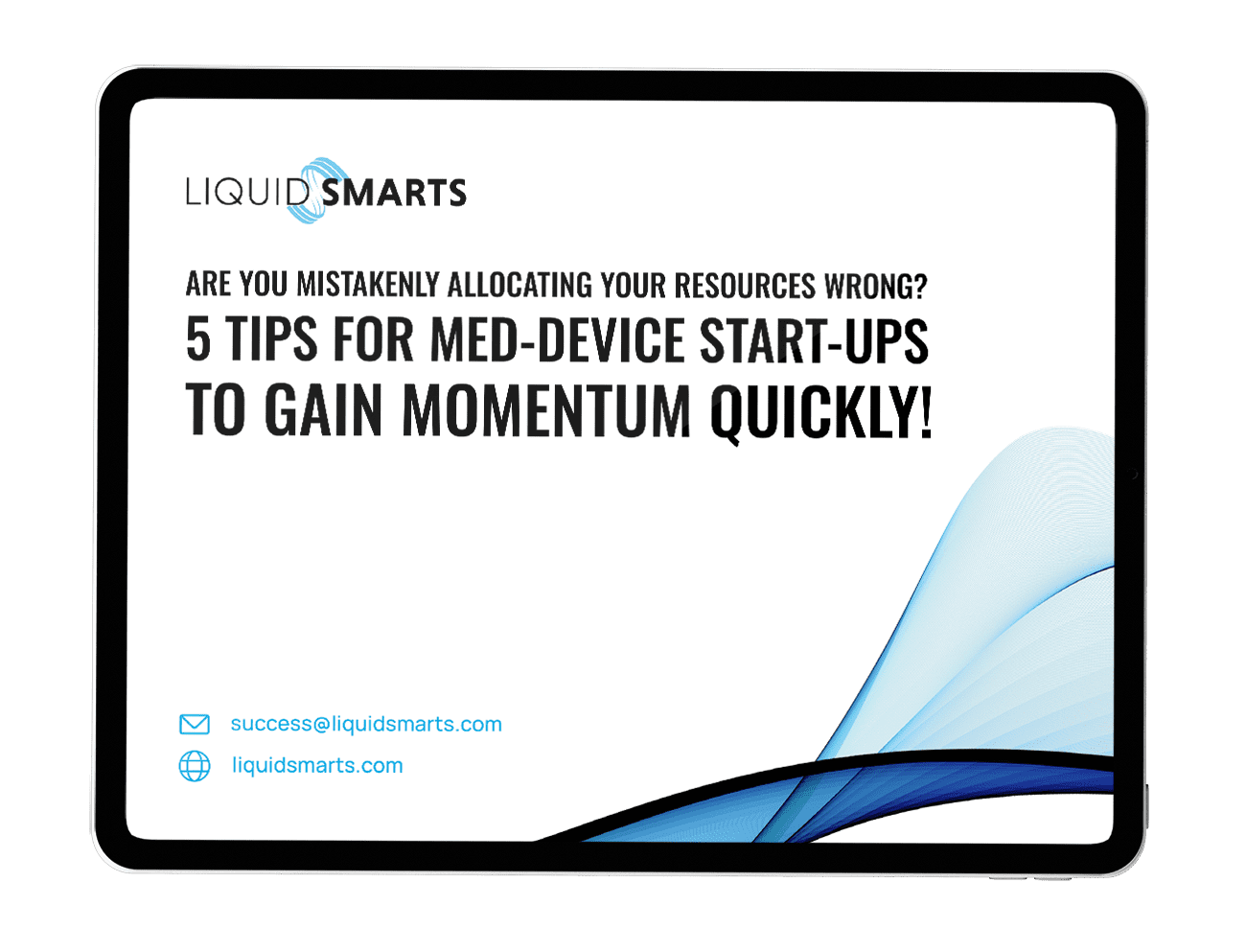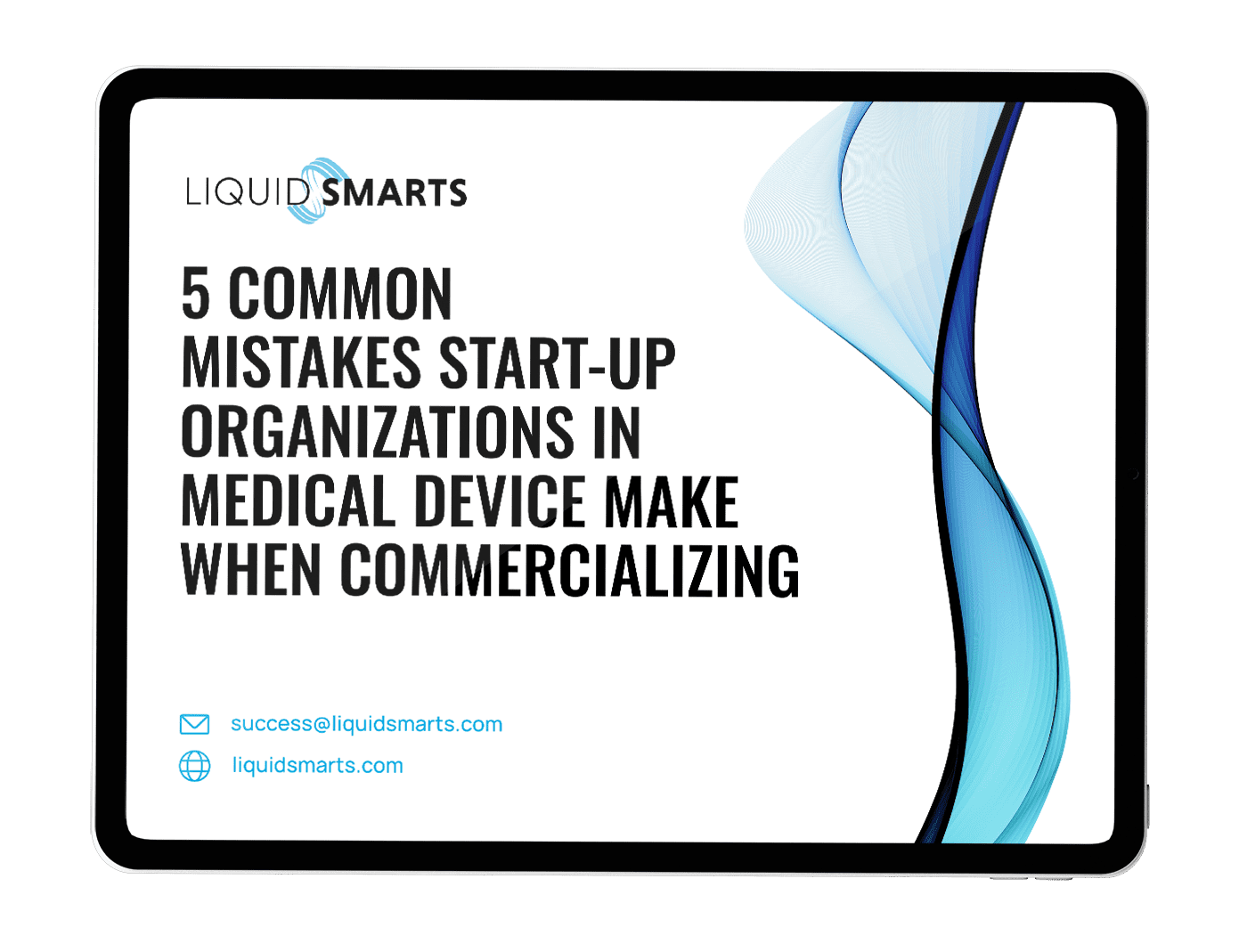Healthcare innovation financing is a complex and daunting problem for many in the healthcare industry, especially those responsible for driving business success. From limited sources of capital to high operational costs and an intricate web of regulations, leaders must navigate various challenges to make their vision of successful and sustainable healthcare innovation a reality.
But with thoughtful strategies combined with a strategic approach, it’s possible to unlock the paradox of healthcare innovation financing – which has become essential as technology continues to bring digital disruption into the life science sector.
Let’s discuss critical challenges in healthcare innovation finance and explore practical tips on unlocking its potential while staying compliant with regulatory standards.
The Current State of Healthcare Funding
Healthcare funding comes from three primary sources: government funding, private insurance, and out-of-pocket payments. These sources all contribute to ensuring that individuals have access to necessary medical care.
Government funding, in particular, is crucial for ensuring that healthcare is accessible to all members of society, regardless of their income level. Private insurance gives individuals greater control over their healthcare choices, while out-of-pocket payments are often used for more elective procedures or services not covered by insurance. Together, these funding sources help to support and sustain our healthcare system.
Healthcare providers and organizations need funding to operate and innovate. However, current funding strategies can make it difficult for them to adopt new models of care, especially when it comes to improving care integration. These strategies can discourage the implementation of evidence-based healthcare delivery and hinder the adoption of new technology or workforce configurations. We need to revisit how we fund healthcare providers to improve the quality of care.
Many innovative projects and ideas have been delayed due to lackingcritical funding. The adoption of rapid molecular tests for hospital infection control continually faces cost pressure because infection control is not reimbursed. For example, the proven pathway to test implementation starts with the reimbursement code and cost and volume information. If there isn’t reimbursement, the project is at least delayed.
How Funding Models Influence Healthcare Delivery
Healthcare funding is based on the costs incurred by providers for services rendered. This means that healthcare providers are reimbursed for the cost of patient care. This involves documenting what is done and then charging for patient service.
Cost-based reimbursement ensures that providers are adequately compensated for their assistance while controlling healthcare costs. This funding model is foundational in the United States for Medicare and Medicaid programs. It is important to note that cost-based reimbursement can create financial incentives for providers to increase their costs, leading to higher healthcare costs overall.
Healthcare funding is administered to hospitals in global payments for a hospitalization based on the diagnosis. Aligning and assigning costs and reimbursement to various actors in a hospital requires funds distribution to be organized in silos. Hospitals, physicians, primary care providers, and home care services are typically funded separately. This segmentation creates barriers to implementing more efficient ways of delivering care. For instance, investing in relatively inexpensive services in one area may be considered unnecessary, even if it leads to savings in more expensive services elsewhere.
The current funding models also discourage the adoption of innovative care models. Hospitals, for instance, are often forced to use their budgets to deliver acute care at total capacity. This leaves little room for investing in new models, such as enhanced outpatient care, that could lead to cost reductions in the long run.
The Impact of Funding Models on Innovation
The type of funding model in place can either support or hinder innovation. For example, global hospital budgets provide a stable, predetermined annual dollar figure to cover health services and do not incentivize innovation. They may even encourage complacency.
In contrast, “activity-based funding” models offer a set price for a specific hospital admission and encourage more efficient in-hospital care.
However, these models may also lead to overtreatment and higher post-hospital costs. They also do not incentivize the implementation of care models that span across sectors and time.
The Promise of Innovative Funding Models
Bundled care and population-based payment models are two innovative funding strategies that show promise. Bundled care funding involves a set price for a full “episode of care” spanning several healthcare provider organizations and sectors. In contrast, population-based payment models involve a fee paid per person in a defined community for a given period.
These models encourage collaboration across sectors and better management of transitions in a way that benefits patients at lower overall costs. They also respond to a critical insight about the relationship between price and quality: high-quality care may ultimately cost less, but the costs and benefits of improving quality are often spread over time and across several individuals and organizations.
Risks of Changing Funding Models
When healthcare funding is restructured, there is a risk of unintended consequences. For example, healthcare providers may prioritize patients who are less complex and more profitable rather than those who are more complex and have unpredictable outcomes and costs.
This shift in priorities can lead to a misalignment of patients’ needs and potential neglect of those who require more resources. It is essential to consider the possible outcomes and consequences of healthcare funding changes to ensure that patients’ needs remain a top priority.
The Role of Funding in Integrating Care
Integrated care is critical for delivering quality healthcare to patients. Yet, siloed approaches often hinder cross-sectoral investments in maintenance. One of the key factors that can help promote better integration across sectors is innovative funding models.
By incentivizing the adoption of care models that prioritize patient-centered care and collaboration between different healthcare providers and organizations, these funding models can help improve the overall quality of care while reducing costs. This is particularly important in today’s healthcare landscape, where patients often receive care from multiple providers and organizations and where there is increasing pressure to deliver better outcomes at lower costs.
By exploring new funding models prioritizing integration and collaboration, healthcare providers can help ensure patients receive the best care, regardless of their specific healthcare needs.
Moving Away from Siloed Funding
It is crucial to have a comprehensive approach that considers all aspects of care. One way to achieve this is by moving away from separate funding for each part of care and instead encouraging all parties involved to work together in managing the population’s health. This can be done by trying out payment bundles for common surgeries and incentivizing providers to work together to deliver the best possible patient outcomes.
Another approach would be to have integrated provider organizations manage payments based on the population’s needs, allowing for a more holistic approach to care delivery. Ultimately, the goal is to ensure that patients receive high-quality care that is well-coordinated and focused on their needs.
Investing in Infrastructure
Improving healthcare and implementing new payment methods is a complex process that requires investment. One way to do this is to ensure healthcare professionals have the necessary skills to spearhead quality improvement programs. This involves providing training and support to healthcare professionals to implement and manage programs that improve patient care quality effectively.
Another essential component of improving healthcare is establishing e-health systems that enable seamless information sharing between healthcare providers. This can help improve the accuracy and efficiency of healthcare delivery, reducing costs and improving patient outcomes.
Finally, it is essential to support program assessments to ensure that healthcare programs meet their goals and objectives. This involves monitoring the performance of healthcare programs, identifying areas for improvement, and implementing changes to improve program outcomes.
Overall, improving healthcare and implementing new payment methods requires a comprehensive approach that involves investing in the skills and resources needed to enhance program delivery and outcomes. With suitable investments and support, we can create a healthcare system that is more effective, efficient, and responsive to the needs of patients.
The future of healthcare relies heavily on financing for innovation. This is a complicated matter, but we must comprehend the role of funding in healthcare delivery and innovation. By doing so, we can more effectively deal with the obstacles and possibilities that lie ahead. The aim is to establish a system where funding approaches promote the acceptance of innovative care models that enhance care integration, resulting in improved patient outcomes.
Acknowledgments
The author of this article is grateful for the expert insights provided by the referenced articles. The author has strived to comprehensively analyze the current state of healthcare innovation financing, drawing on various sources to offer a well-rounded perspective.
Disclaimer
The views expressed in this article are those of the author and do not necessarily reflect those of any other individual or organization mentioned in the referenced articles.
References
- ThinkWell: Innovative Financing for Health
- The Global Fund: Innovative Finance
- WHO: Innovative Financing for Health Technical Brief
- WEF: Financing and Implementing Innovation in Healthcare Systems
- Asian Hospital & Healthcare Management: Innovations in Healthcare Financing
- APEC: Innovative Financing for Health
- PubMed: Financing Healthcare Innovation
- Wharton Magazine: How to Fund Healthcare Innovation
- APEC: Health Financing Innovations







